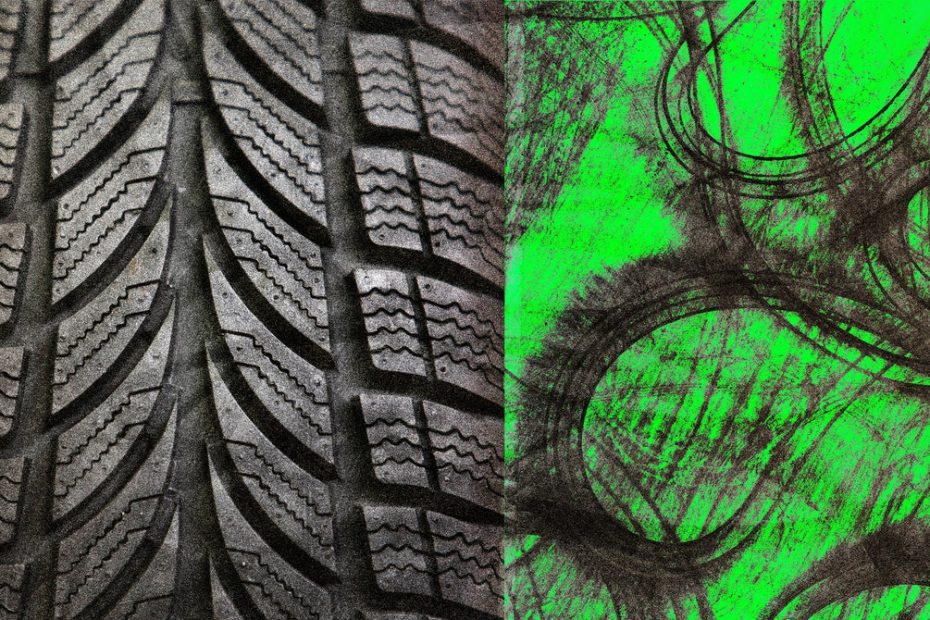Unfortunately, there is little research into the health effects of tire particles. One of the few comprehensive studies was completed more than a decade ago, in 2012. “It was not decided at the time that this was the priority issue,” says Gary Guthrie, SVP at Michelin. “The priority topic was to better understand the fate of particles in water and how they are broken down.”
“Studies sponsored by the Tire Industry Project (TIP) of the World Business Council for Sustainable Development (WBSCD) have shown that tire and road surface wear particles (TRWP) do not pose a risk to human health,” says Wanka. “Inhalation studies suggest that TRWP is unlikely to pose a risk to humans from airborne exposure.”
“Tire pollution and NOx emissions are different,” says Erlendson. “NOx is a byproduct of fuel combustion, while particulate matter from tires is a solid pollutant, similar to dust from wood stoves. However, unlike NOx or CO2 from exhaust pipes, there are currently no global regulations in place that specifically limit tire pollution.”
Are biodegradable tires the solution?
Biodegradable tires appear to be a possible solution to tire pollution. However, there are some paradoxes with this idea. “Tires are relevant for safety,” says Wanka. “They are the only contact between a vehicle and the road. Therefore, it is crucial that no degradation of a tire occurs until the end of its use phase.” For many tires, the lifespan can be five years or more.
“While the tire industry is increasingly researching bio-based materials, such as natural rubber, the tires themselves and the pollution they cause are not yet biodegradable,” says Erlendson. “A tire that biodegrades on the vehicle would not be good for sustainability. However, it would be beneficial if the tire particles released during driving could biodegrade in the environment, preventing them from accumulating in our air, land and oceans.”
“Our focus right now is on the front end rather than the back end,” says Guthrie. This means that more recycled materials must be used in production, with a certain degree of circularity being pursued. “Ideally, we would like to be able to take the tire at the end of its life and make a new one, because that is even better for the planet than just putting it on flower beds. This means we don't even have to extract raw materials from the earth to make the tires.”

